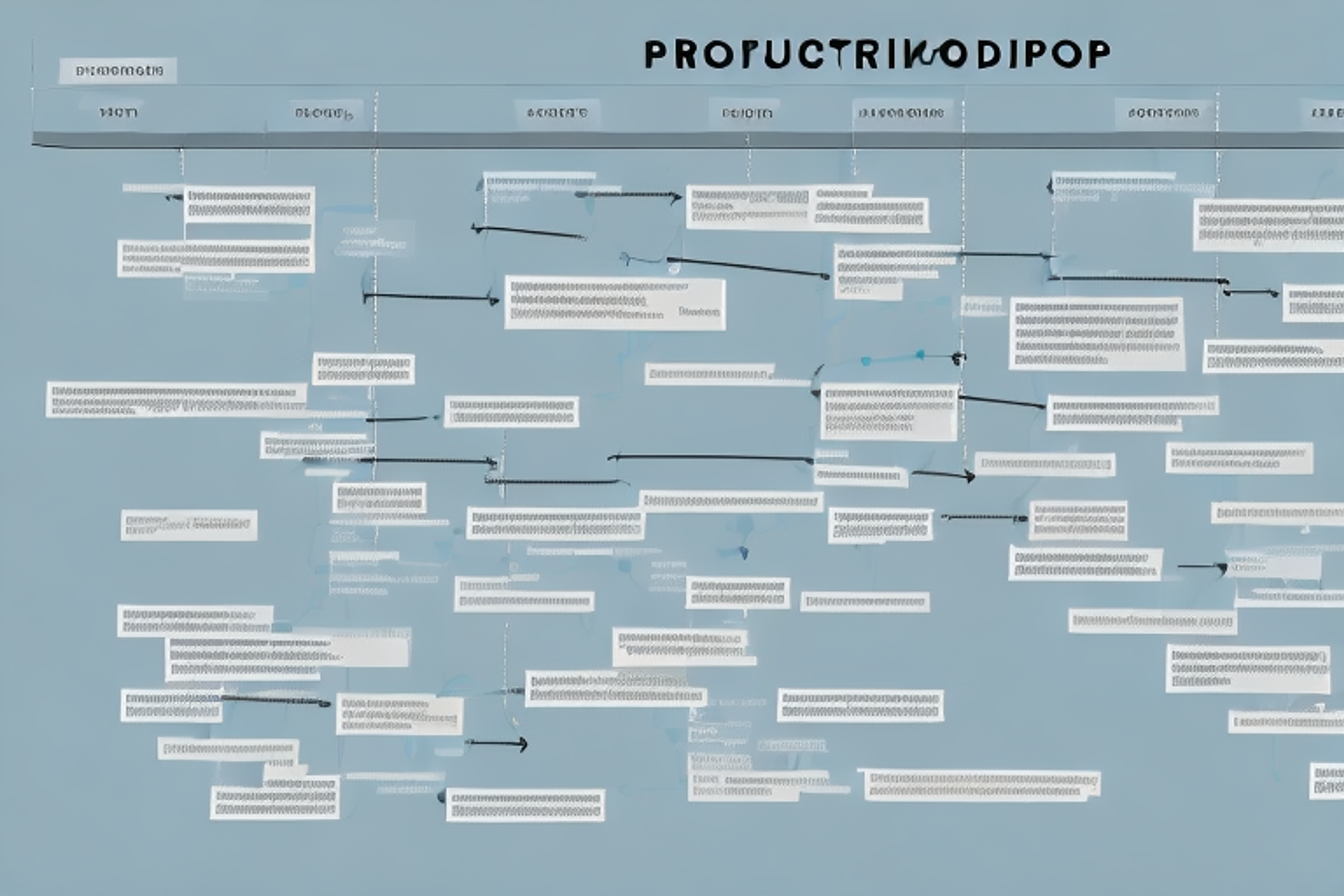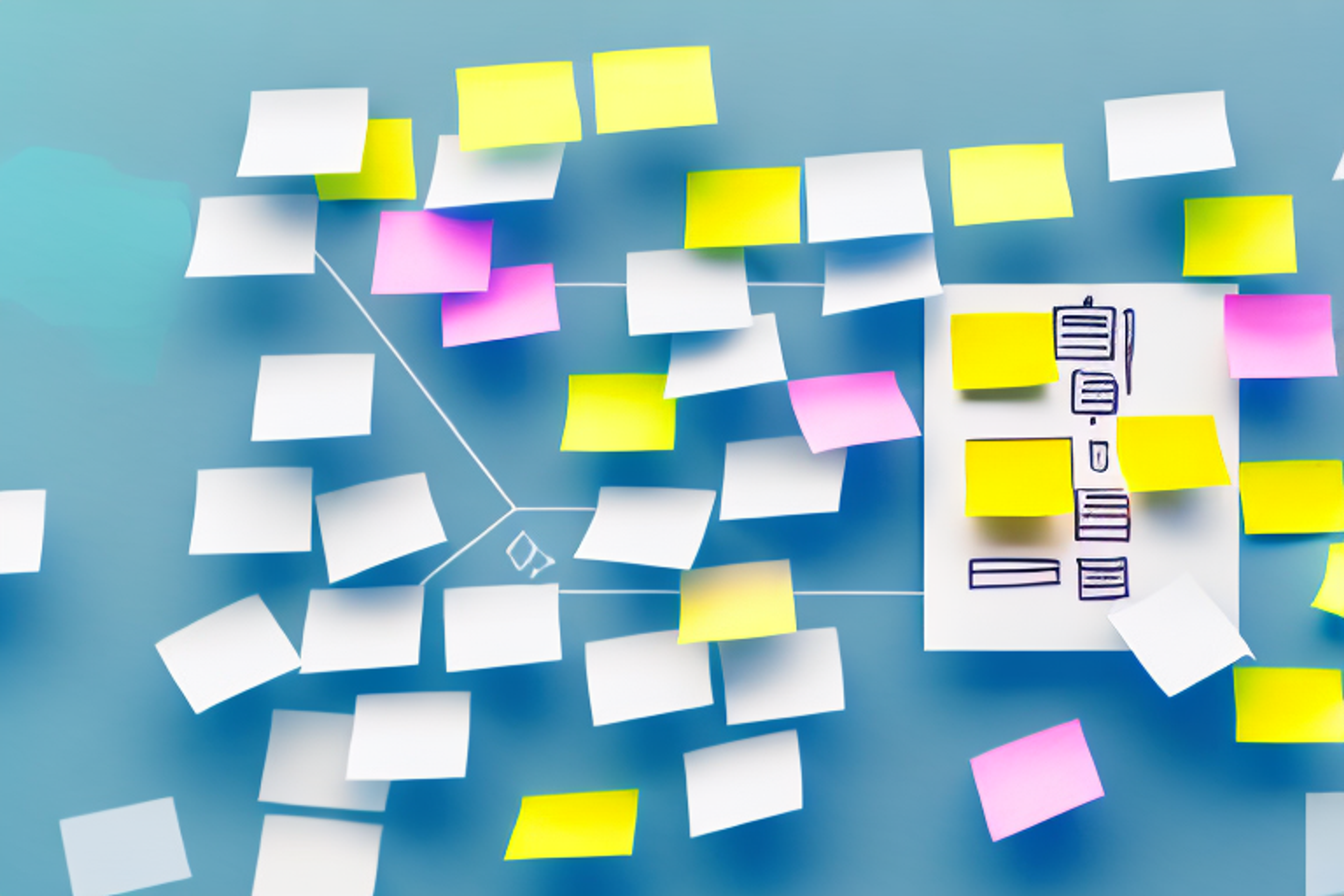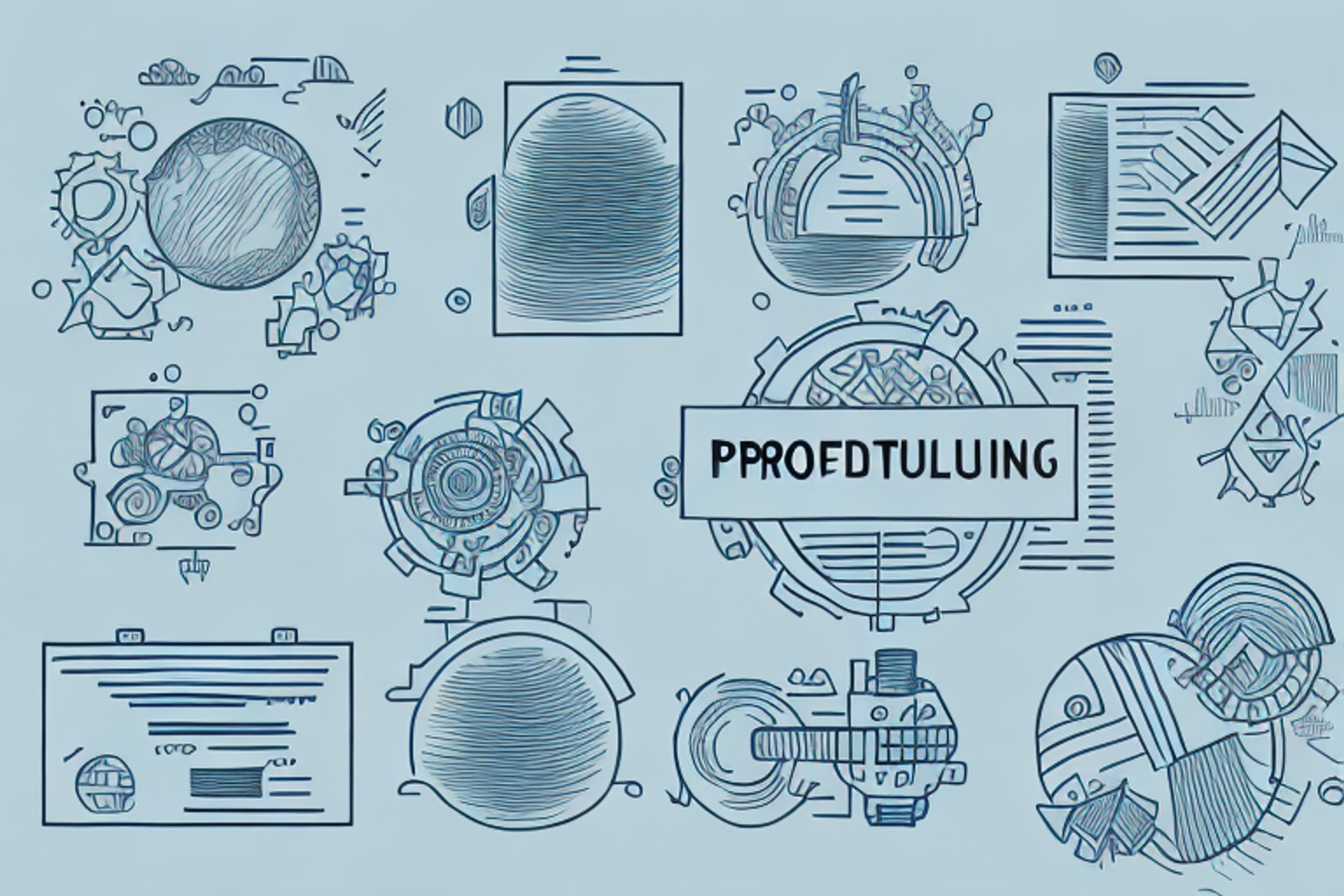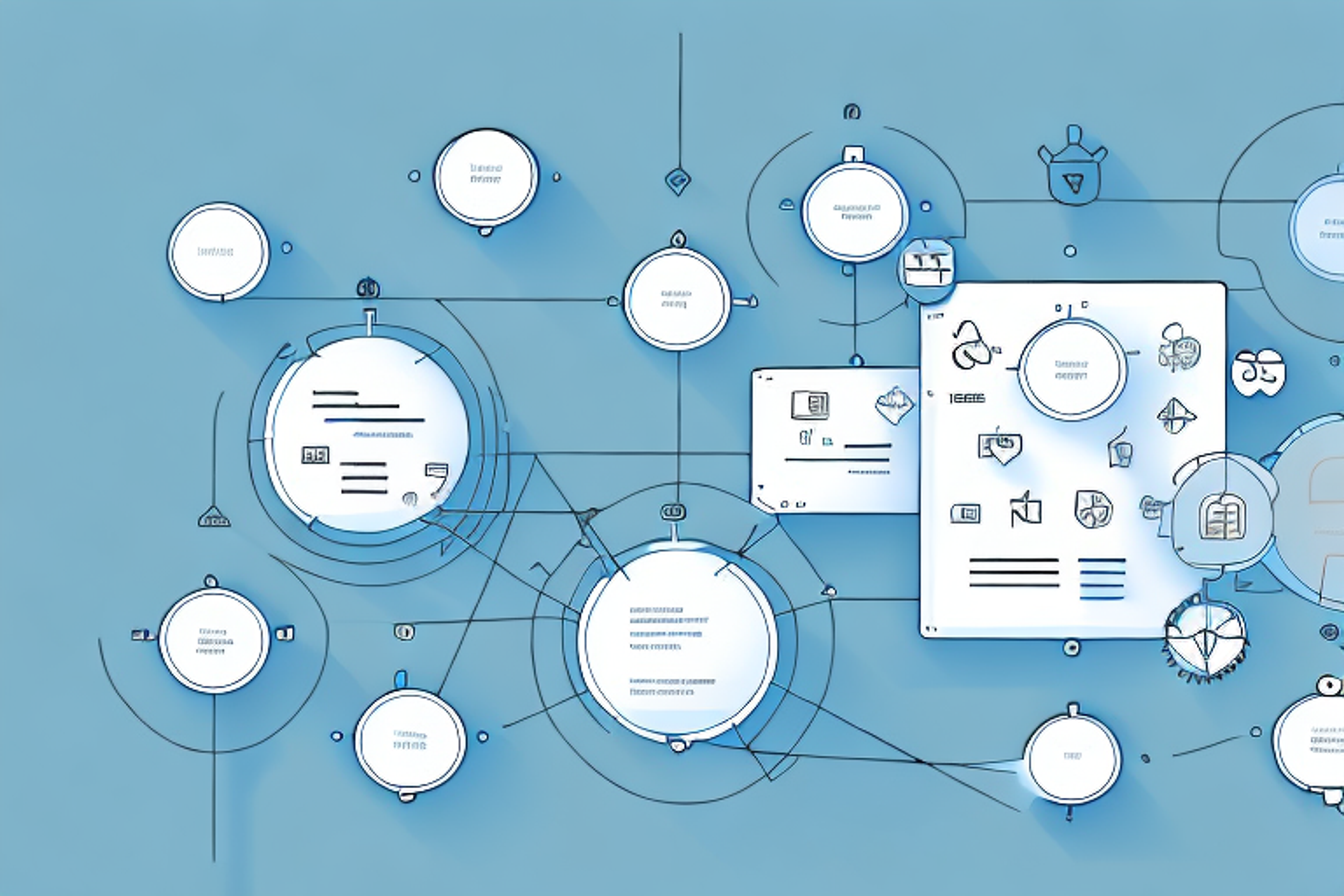Product Development Prioritization: How to Make the Right Decisions for Your Product
Learn how to prioritize your product development decisions with our comprehensive guide.
Posted May 15, 2023
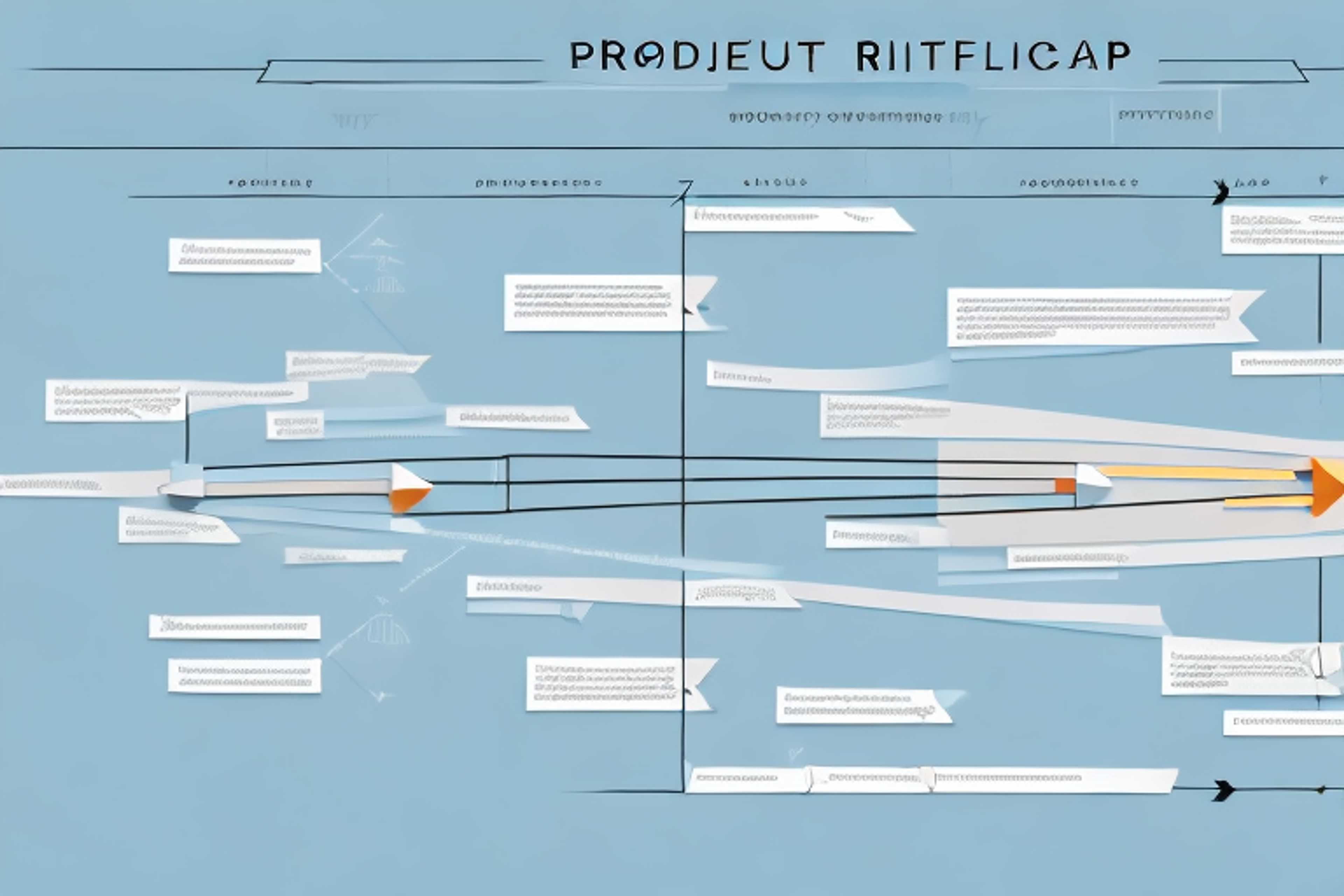
Table of Contents
Product development prioritization is a critical aspect of creating a successful product. When done effectively, it helps ensure that the most important features and functionalities are developed first, which can save time, money, and resources in the long run. In this article, we'll explore why prioritization is important, how to create a prioritization matrix, best practices for managing stakeholder expectations, and common pitfalls to avoid, among other topics.
Why Prioritization is Critical for Product Development
Prioritization is essential for product development because it helps companies create a roadmap for future development. It serves as the foundation for decision-making, and helps teams stay focused on what's important to their customers. By prioritizing product development initiatives, businesses can ensure that they are allocating resources in a way that best meets the needs of their audience, while staying competitive in an ever-changing market.
Another reason why prioritization is critical for product development is that it allows companies to identify and address potential risks early on. By prioritizing the most critical features or functionalities, teams can quickly identify any potential issues and address them before they become major problems. This can save businesses time and money in the long run, as they can avoid costly delays or setbacks.
Furthermore, prioritization can also help businesses stay agile and adaptable in a rapidly changing market. By regularly reassessing priorities and adjusting their roadmap accordingly, companies can stay ahead of the competition and respond quickly to emerging trends or customer needs. This can help businesses maintain a competitive edge and ensure long-term success.
Understanding the Importance of User Feedback in Prioritization
User feedback is one of the most crucial components of prioritization because it tells teams what exactly their target audience wants and needs. By soliciting user feedback, companies can gather insights about what features are most important to their customers, and which ones they can afford to prioritize later on in the development process. User feedback can be gathered through various methods such as surveys, interviews, and usability testing.
Moreover, user feedback can also help teams identify potential issues or bugs in their product. By listening to their customers' experiences and concerns, teams can quickly address any problems and improve the overall user experience. Additionally, user feedback can provide valuable information for future product development and updates. By understanding their customers' needs and preferences, companies can create products that better meet their target audience's expectations and stay ahead of the competition.
The Role of Market Research in Prioritizing Product Development
Market research is another key component of prioritizing product development. It provides businesses with an understanding of the competitive landscape and helps identify trends in the market. By conducting research, companies can learn more about their competitors, target audience, and the opportunities and threats in the market. This information is then used to prioritize initiatives that align with their overall business goals.
One of the benefits of market research is that it can help businesses identify unmet needs in the market. By conducting surveys, focus groups, and other research methods, companies can gain insights into what their target audience is looking for in a product or service. This information can then be used to develop new products or improve existing ones to better meet the needs of customers.
Another way that market research can aid in prioritizing product development is by providing data on consumer behavior. By analyzing consumer behavior, businesses can gain insights into how their target audience interacts with their products and services. This information can be used to make informed decisions about product features, pricing, and marketing strategies that will resonate with customers and drive sales.
The Pros and Cons of Various Prioritization Frameworks
There are various frameworks that teams can use to prioritize product development initiatives. Some of the most common include the MoSCoW method, the Kano model, and the Cost of Delay framework. Each framework has its own set of advantages and disadvantages. For example, the MoSCoW method is simple and easy to understand, but may not prioritize smaller features that are still important to customers. The Kano model is useful for identifying which features will delight customers, but may not be practical for all teams depending on their resources.
Another popular prioritization framework is the Eisenhower Matrix, which categorizes tasks based on their urgency and importance. This framework can be helpful for teams that need to balance short-term and long-term goals, but may not be as effective for teams that need to prioritize customer needs.
It's important for teams to carefully consider which prioritization framework to use based on their specific needs and goals. Some teams may benefit from using a combination of frameworks, while others may find that one framework works best for them. Ultimately, the key is to prioritize tasks in a way that aligns with the overall strategy and vision of the product or organization.
How to Create a Prioritization Matrix for Your Product Development
A prioritization matrix is a tool that helps teams visualize and organize their product development initiatives. To create one, begin by listing all product initiatives and factors that are important to your target audience. Then, assign each initiative a score based on its importance and feasibility. The result is a visual representation of the most important features and functionalities in your product development roadmap.
Tips for Managing Stakeholder Expectations in the Prioritization Process
It's important to manage stakeholder expectations throughout the prioritization process. This means keeping all stakeholders informed about the goals and values of the project, and ensuring that everyone understands why certain initiatives are being prioritized over others. Stakeholders may include senior management, product owners, team members, and even customers. By keeping everyone in the loop, teams can minimize confusion and ensure a smoother development process.
How to Balance Short-term vs Long-term Goals in Product Development
Another important consideration when prioritizing product development is balancing short-term vs long-term goals. Short-term goals may include features that are critical to meeting the needs of customers today, while long-term goals may prioritize investments in research and development for future products. Balancing these goals requires careful consideration of resources, timelines, and overall business objectives.
The Impact of Resource Constraints on Prioritization
Resource constraints, such as limited budgets or small teams, can have a significant impact on prioritization. When faced with resource constraints, teams may need to prioritize features that are most critical to customer needs, while delaying others until more resources are available. This requires close collaboration between product development teams and stakeholders to ensure that everyone is aligned on priorities and expectations.
Best Practices for Communicating Priorities to Your Team
Effective communication is key to successful prioritization. Teams should be made aware of the prioritization process and understand how and why decisions are being made. Clear communication can help ensure that all team members are working towards common goals, and any issues or concerns are addressed early on. Communication should be ongoing throughout the development process as priorities may change as new information and feedback is gathered.
Measuring the Success of Your Product Development Prioritization Strategy
Once a prioritization strategy is in place, it's important to measure its impact on the overall success of the product. Metrics that can be used to assess success may include customer satisfaction, revenue, and time-to-market. By regularly measuring the impact of your prioritization strategy, teams can make informed decisions about future development initiatives.
Common Pitfalls to Avoid When Prioritizing Product Development
There are several common pitfalls that teams should avoid when prioritizing product development. These include losing sight of the goals and values of the project, over-reliance on frameworks or tools, and not considering the perspectives of all stakeholders. By being aware of these potential pitfalls, teams can take steps to avoid them and stay on track towards creating a successful product.
Incorporating Agility into Your Product Development Prioritization Strategy
As product development is an iterative and dynamic process, teams must be prepared to adjust their prioritization strategy as needed based on customer feedback and changing market conditions. Agile methodologies like Scrum or Kanban can help teams manage changing priorities effectively. By incorporating agility into their prioritization strategy, teams can ensure they remain nimble and able to respond to changing market conditions.
Case Studies: Examples of Successful (and Unsuccessful) Product Development Prioritization
Finally, it's useful to examine case studies of successful and unsuccessful prioritization strategies. These real-world examples can provide insights into what works and what doesn't when it comes to prioritizing product development initiatives. For example, a company that prioritized customer feedback and working on the most critical features first may have seen greater success compared to one that prioritized features based on internal opinions or hunches.
Future Trends in Product Development Prioritization and Decision Making
As technology and customer expectations continue to evolve, so too will product development prioritization strategies. Artificial intelligence, machine learning, and user-centered design are just some of the trends that will likely play a role in the future of product development. Teams that stay on top of these trends and incorporate them into their prioritization strategies will be better positioned to create successful products that meet the needs of their customers.
Overall, effective product development prioritization is critical to achieving success in the marketplace. By understanding the importance of user feedback and market research, creating a prioritization matrix, effectively communicating priorities to stakeholders, and avoiding common pitfalls, teams can create a roadmap that ensures they are developing the most important features and functionalities for their customers, while staying competitive in an ever-changing market.








